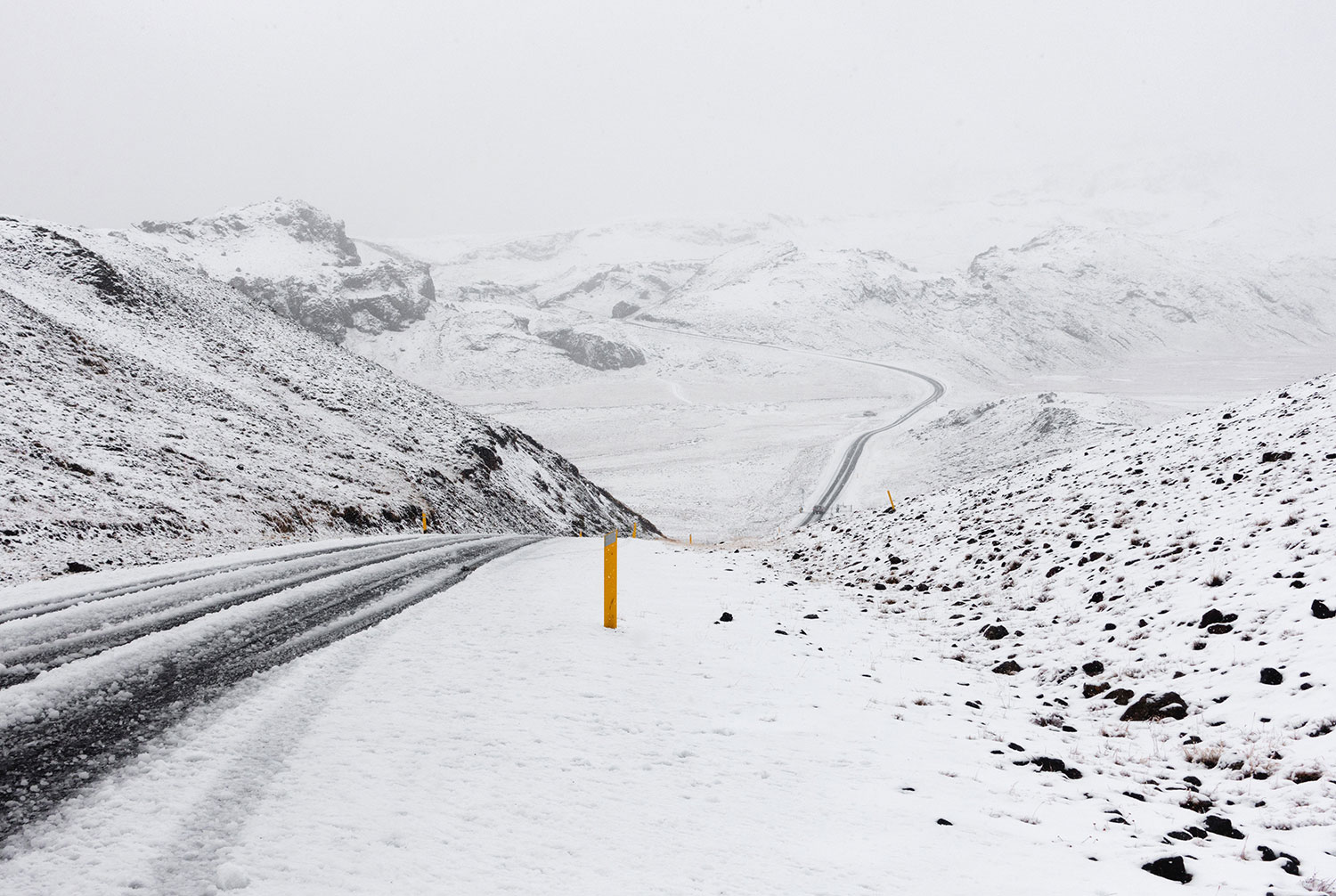Helpful Tips for Driving in Extreme Weather

Find your next load
Make more money starting now.
If you’ve been driving for a while, you know that you have to change the way you drive in extreme weather conditions. It only takes one close call for even the most profit-driven truckers to surrender to the conditions and adopt new rules for being on the road during extreme cold or extreme heat.
Driving in Extreme Winter Conditions
Winter driving is more than slowing down and putting chains on your tires. It includes turning off the cruise control, being extra cautious on bridges and ramps, and slowing to a crawl when approaching intersections. But, there’s more you can do to both prepare for severe winter weather and react to it while behind the wheel. In fact, there are a few simple things you can start implementing right away to be safer. For example, check your truck’s:
- Brake lines: Along with all of your typical pre-trip checks, make sure that all air is drained from your tanks to help avoid frozen brake lines.
- Defrost and heater: It’s crucial that your defroster and heater are working; you don’t want to discover a problem in the middle of nowhere.
- Lights: Make sure all your lights are cleared of snow, ice, and dirt before each trip and every time you stop. Even during the day, other drivers may have a hard time seeing you if it’s snowing and your lights are obstructed.
- Wipers: Check and replace your wipers if you’re headed into snow or rain, and ensure your washer fluid is topped off.
Dealing with icy roads? Your primary focus when driving on icy roads is to prevent skidding. Many drivers obey a quarter-mile rule in severe winter weather conditions when it comes to following distance, meaning maintain a distance between vehicles of at least a quarter mile. This may seem like more than necessary, but your following distance is one of the only things you can control in these conditions. It’s your most useful tool when other drivers may not be as careful.Is a storm coming? When you know a severe storm is approaching, plan to drive your lane at a much lower speed (maybe even around 25 mph). Figure out where that will put you in relation to the hours of service regulations. Consider a few different options for overnight stops along the way and at your destination, and keep your options open so you have fewer surprises.
Once you get on out on a snow-covered or icy road, you won’t be going anywhere close to the speed limit. Keep it slow, and pay attention to the spray generated by other drivers’ tires. You’ll know it’s icy if the road appears wet, but there’s not much spray coming off the tires in front of you.
You might already know that being gentle on your foot brakes reduces the risk of skidding, but it’s not the only thing to use with extreme caution. According to Lindsay Conway of Trinity Logistics, “… never use the clutch or engine brake when traction is lost, as this could make the situation worse. Just gently let your foot off the pedal and steer in the direction that the back end of the vehicle is going, which should allow you to then gain back control.”
When visibility is low due to snow, it’s tempting to focus on following the taillights in front of you. This puts you at risk of following that vehicle off the road if they hit trouble. Instead, try to distance yourself from the pack, and follow the paint on the highway.
Another method to decrease skidding is to keep your fuel tanks full, which puts extra weight over the drive tires.
Above all, the best thing a driver can do to stay safe in winter weather is to know when to get off the road. Remember, if you end up in a ditch, you will be the one to take the blame and the repercussions, not your freight dispatcher, broker, or anyone else that’s pressuring you to make an appointment.
If you do need to make an urgent stop to stay safe while the storm passes, never stop on the shoulder of the road. This could cause a chain reaction with other drivers. You’re better off creeping along with your hazards on until you find a safe turnout.

Driving in Extreme Heat
Summer driving may seem like a piece of cake compared to winter. In reality, there are conditions that make summer driving even more challenging. For example, traffic is a lot heavier on highways with families traveling. There are more teen drivers on the road since school is out. Plus, construction zones are more prevalent. All of this means you need to stay alert to stay safe on summer roads. Pay special attention to your truck’s:
- Brakes: You’re more likely to suffer from overheated brakes in 100+ degree temperatures. Test your brakes intermittently to ensure they aren’t losing friction.
- Engine: Your engine is also a lot more likely to overheat in extreme heat. Keep an eye on your temperature gauge, and take steps to cool it down when needed.
- Tires: Proper inflation of tires is essential year-round, but it may be more critical during the summer months. Both under- and over-inflated tires when combined with hot pavement can increase the risk of a tire blowout. Make sure you are vigilant with your pre-trip checks.
As an added safety tip, always keep extra water in the cab of your truck in case you get stranded. When temperatures are rising, if your A/C goes out and you’re stranded on the side of the road, you don’t want to run out of water which can lead to heat stroke before you know it.
Stay safe on the road!

Find out how our platform gives you the visibility you need to get more done.
Get helpful content delivered to your inbox.
Schedule a demo.
Find out how our platform gives you the visibility you need to get more done.





